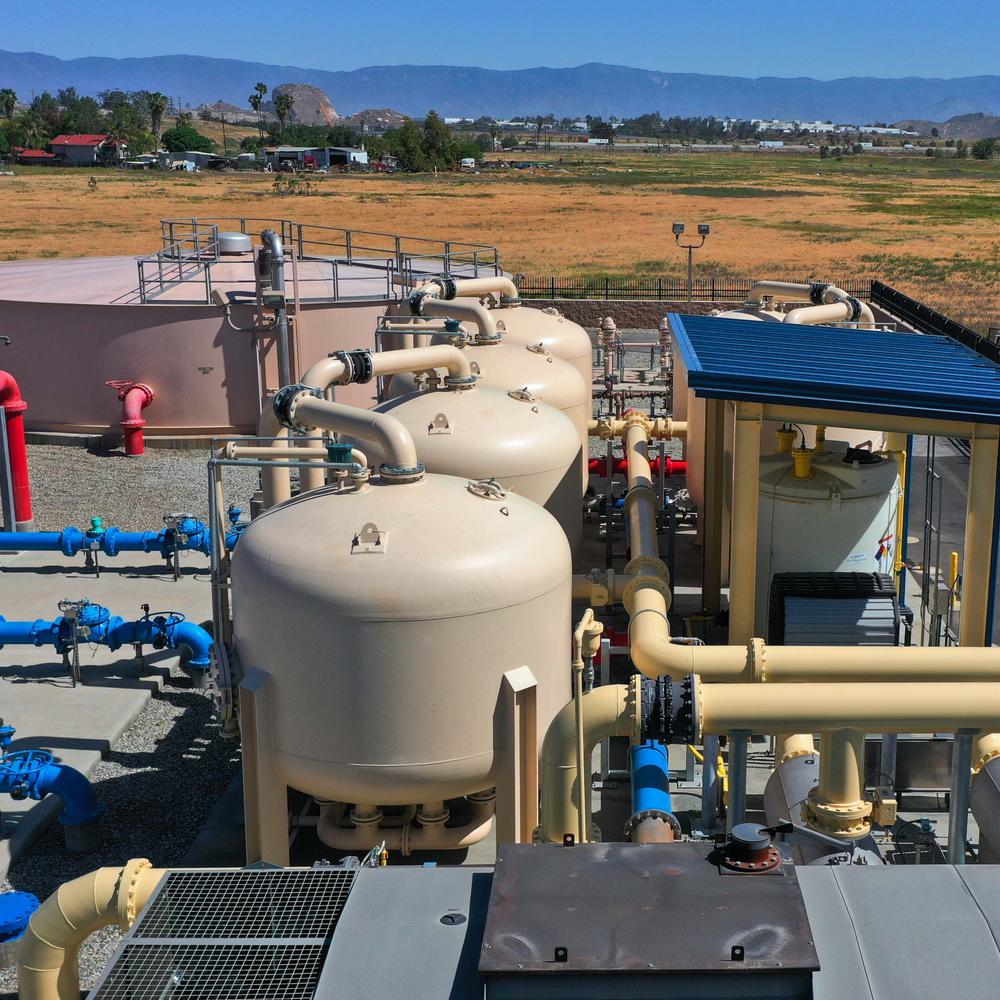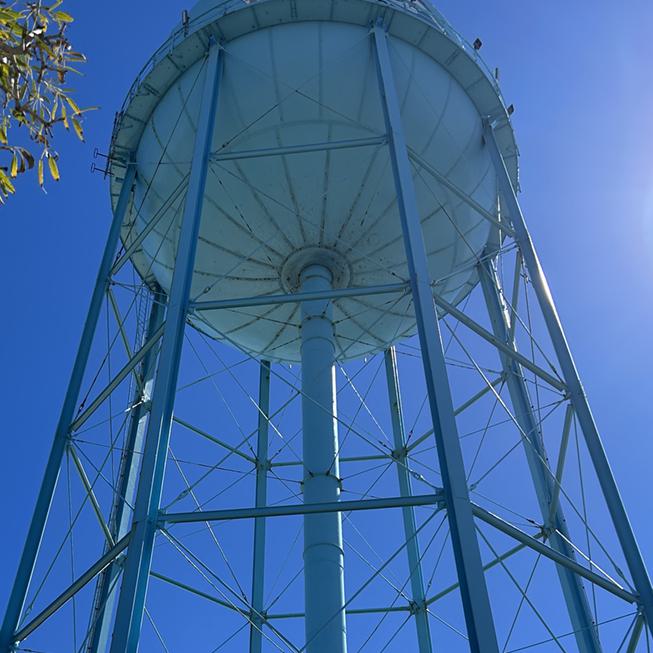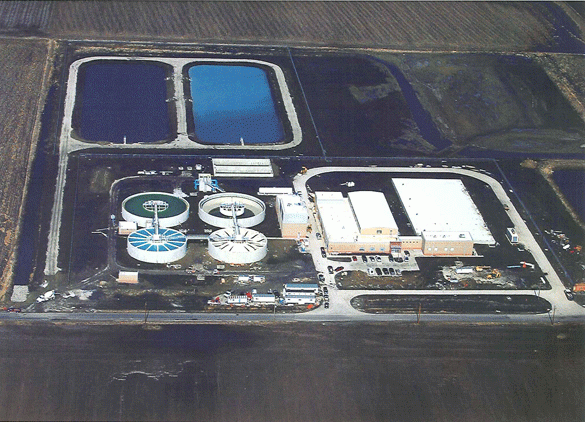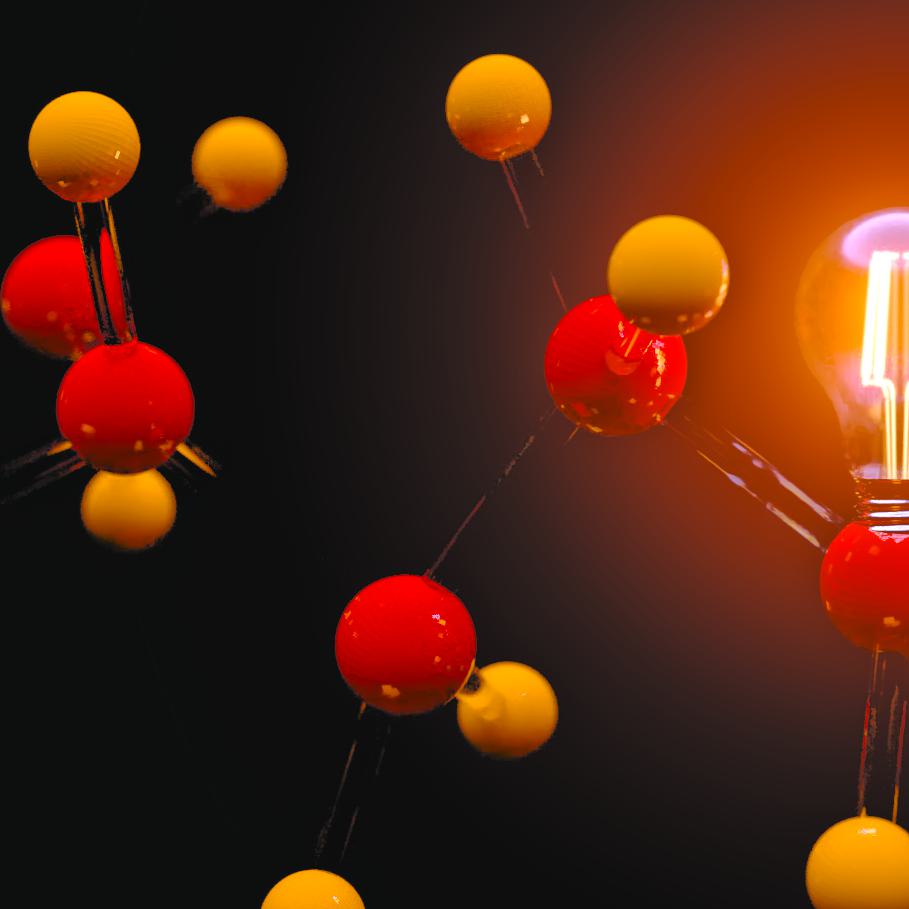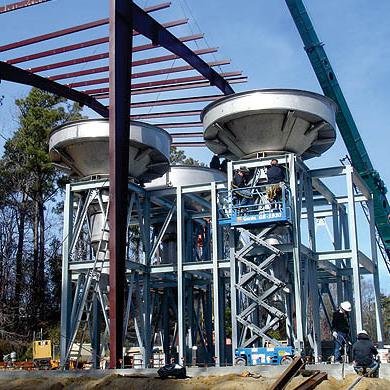PFAS Hazardous Waste Rules Could Hit Unintended Target: Drinking Water Utilities
A landmark study found that the potential regulations could impact up to hundreds of millions of tons of waste, or residuals, generated at drinking water treatment plants.

(WASHINGTON, DC - April 17, 2024) Hazardous waste regulations the Environmental Protection Agency is considering for per- and polyfluoroalkyl substances (PFAS) could unintentionally drive up the costs of drinking water across the country, according to new research by Hazen and the American Water Works Association (AWWA).
PFAS are a group of durable synthetic chemicals used in everything from raincoats to firefighting foam. The EPA is considering labeling some PFAS as hazardous substances to prevent releases of the chemicals into the environment and require the cleanup of sites already contaminated with them.
But a landmark study published in the February issue of AWWA Water Science found that those designations could hit an unintended target: a large number of drinking water treatment plants.
That’s because the raw water coming into the plants often contains PFAS, which can accumulate in the solid and liquid waste generated by various treatment processes. And hazardous waste is much more expensive to dispose of than non-hazardous waste: Hazen engineers recently calculated that disposing of drinking water residuals at a Subtitle C hazardous waste landfill could cost almost $2,500 per ton, compared to less than $1,500 per ton for nonhazardous disposal and less than $100 per ton for applying it to farmland.
“The EPA is already forcing water utilities to remove PFAS from drinking water, and that in itself is really expensive,” said Hazen Engineer Conner Murray, the study’s lead author. “Our research shows that if they aren’t careful about how they frame these hazardous waste rules, it could leave utilities severely hamstrung by the added costs of residuals disposal.”
The researchers estimated the quantity of waste, or residuals, generated annually by U.S. drinking water facilities. Then they quantified how much of it could be at risk of falling within the hazardous waste designations under consideration by the EPA. The answer? Up to hundreds of millions of tons—not just from advanced PFAS removal systems, but from conventional treatment processes.
“Even a tiny fraction of the waste from some of these conventional processes, if it had to be directed to hazardous waste landfills, would quickly overwhelm the capacity of hazardous waste landfills in the U.S.,” Murray said.
AWWA Regulatory Technical Manager Chris Moody, who managed the study, said he thought its “biggest value” was shedding light on the need for additional research.
For example, he said, the team found that among the different kinds of drinking water residuals, those from granular activated carbon (GAC) and ion exchange (IX) systems—both commonly used for PFAS removal—would contain the highest concentrations of PFAS. But he said there’s little understanding of how much PFAS those residuals could release.
“If I exposed them to rainwater or leaching, does the PFAS come out? If it comes out of the media easily, it has a higher risk of being regulated as hazardous waste,” Moody said. “And that has a lot of costs associated with it if that’s the case.”
Read the full study (paywalled) here.


